
Click the above Computer Enthusiasts to follow us
Do you remember the “three musketeers” of ARM that CFan analyzed recently? The new Cortex-A78, Cortex-X1, and Mali-G78 will become the golden partners for future mobile processors (interested readers can refer to “Cortex-A78, X1, Mali-G78 Released! Full Analysis of ARM’s Three Musketeers“).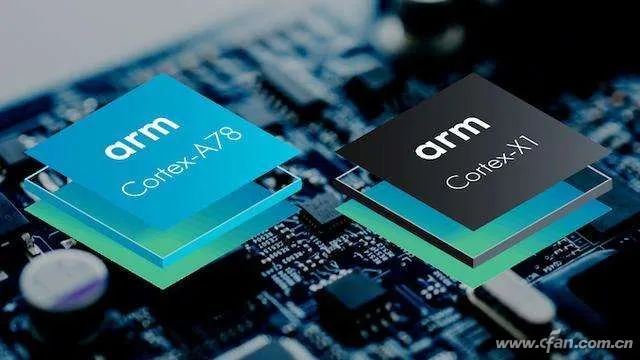 Just as we were discussing which could be the first to adopt the Cortex-X1 “super core” among HiSilicon Kirin, Qualcomm Snapdragon, Samsung Exynos, and MediaTek Dimensity, an unexpected “new customer” appeared—AMD.
Just as we were discussing which could be the first to adopt the Cortex-X1 “super core” among HiSilicon Kirin, Qualcomm Snapdragon, Samsung Exynos, and MediaTek Dimensity, an unexpected “new customer” appeared—AMD.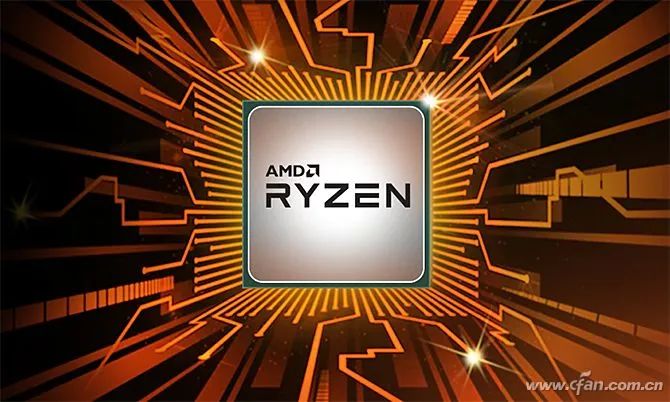 AMD to Create ARM ChipsRecently, media outlets revealed a new product under the AMD Ryzen family, the AMD Ryzen C7. Unlike the familiar Ryzen 3000 desktop platform and Ryzen 4000 mobile platform, the biggest feature of Ryzen C7 is that it does not use the traditional X86 architecture, but instead adopts the new “three musketeers” combination of ARM:
AMD to Create ARM ChipsRecently, media outlets revealed a new product under the AMD Ryzen family, the AMD Ryzen C7. Unlike the familiar Ryzen 3000 desktop platform and Ryzen 4000 mobile platform, the biggest feature of Ryzen C7 is that it does not use the traditional X86 architecture, but instead adopts the new “three musketeers” combination of ARM: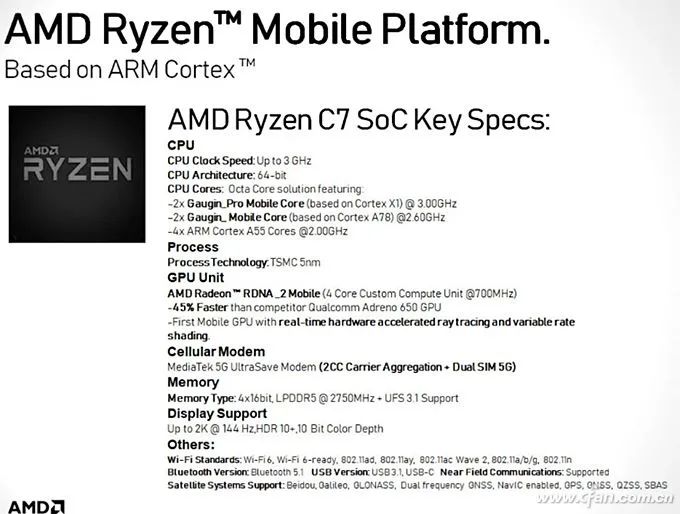 Based on TSMC’s 5nm process, it features a “2+2+4” tri-cluster DynamIQ cluster consisting of 2 Cortex-X1 + 2 Cortex-A78 + 4 Cortex-A55 cores, achieving a perfect balance between performance and power consumption. The Cortex-X1 core has a clock speed of up to 3.0GHz, the Cortex-A78 core operates at 2.6GHz, and the Cortex-A55 runs at 2.0GHz.Earlier, we reported that AMD customized a GPU for Samsung’s next-generation flagship Exynos 1000 mobile platform (see “AMD GPU Joins the Battle! Will Samsung Exynos 1000 Dominate Graphics Performance?“).
Based on TSMC’s 5nm process, it features a “2+2+4” tri-cluster DynamIQ cluster consisting of 2 Cortex-X1 + 2 Cortex-A78 + 4 Cortex-A55 cores, achieving a perfect balance between performance and power consumption. The Cortex-X1 core has a clock speed of up to 3.0GHz, the Cortex-A78 core operates at 2.6GHz, and the Cortex-A55 runs at 2.0GHz.Earlier, we reported that AMD customized a GPU for Samsung’s next-generation flagship Exynos 1000 mobile platform (see “AMD GPU Joins the Battle! Will Samsung Exynos 1000 Dominate Graphics Performance?“).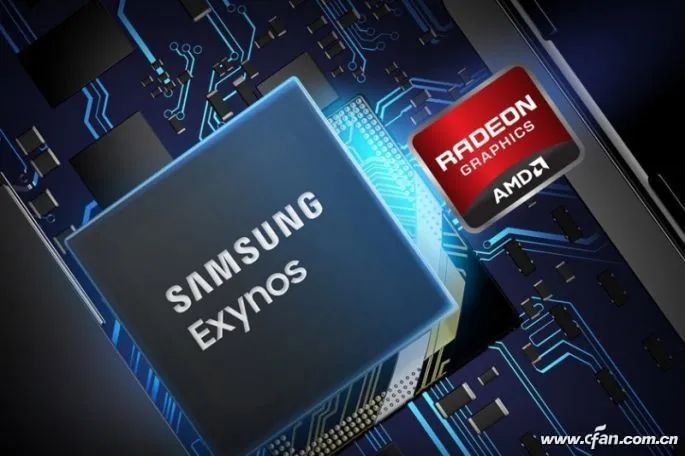 As AMD’s “child”, the Ryzen C7 naturally has the advantage of being close to the source, integrating a four-core AMD Radeon RDNA2 Mobile GPU with a clock speed of up to 700MHz; it offers a 45% performance improvement over Qualcomm’s Adreno 650 and supports real-time ray tracing technology.
As AMD’s “child”, the Ryzen C7 naturally has the advantage of being close to the source, integrating a four-core AMD Radeon RDNA2 Mobile GPU with a clock speed of up to 700MHz; it offers a 45% performance improvement over Qualcomm’s Adreno 650 and supports real-time ray tracing technology.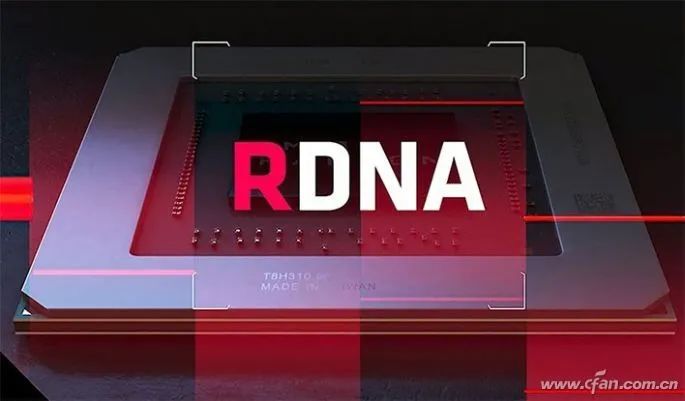 Due to AMD’s lack of baseband technology, the Ryzen C7 will partner with MediaTek, equipped with a 5G baseband that supports UltraSave power-saving technology. In other aspects, the Ryzen C7 supports LPDDR5, UFS3.1 flash storage, 144Hz refresh rate, 2K resolution, HDR10+, and 10-bit color display technologies.From the basic specifications, the AMD Ryzen C7 boasts “emperor-level” theoretical performance. It is worth noting that other mobile chip manufacturers, even when introducing Cortex-X1, will only adopt a “1+3+4” tri-cluster DynamIQ cluster, while the Ryzen C7 is armed with 2 Cortex-X1 cores, indicating its potential performance.
Due to AMD’s lack of baseband technology, the Ryzen C7 will partner with MediaTek, equipped with a 5G baseband that supports UltraSave power-saving technology. In other aspects, the Ryzen C7 supports LPDDR5, UFS3.1 flash storage, 144Hz refresh rate, 2K resolution, HDR10+, and 10-bit color display technologies.From the basic specifications, the AMD Ryzen C7 boasts “emperor-level” theoretical performance. It is worth noting that other mobile chip manufacturers, even when introducing Cortex-X1, will only adopt a “1+3+4” tri-cluster DynamIQ cluster, while the Ryzen C7 is armed with 2 Cortex-X1 cores, indicating its potential performance.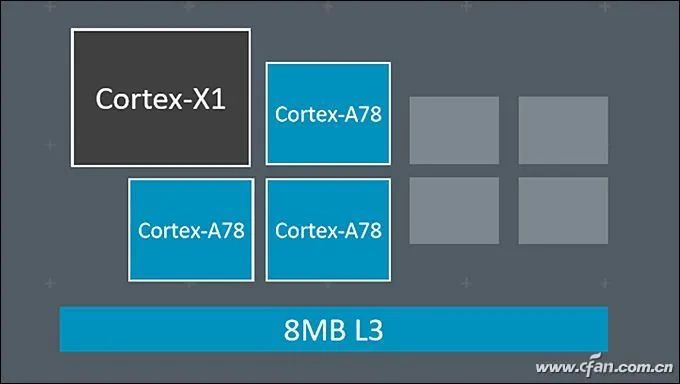 1+3+4 combinations are basically the thermal and power consumption limits for mobile processorsHowever, from this detail, it seems that the AMD Ryzen C7 may not be a mobile-specific SoC (you can also understand it as a processor), because with the small size of mobile phones, and the heat pipe, VC uniform heat plate, and multi-layer graphite cooling technologies, suppressing a fully loaded Cortex-X1 core is already quite challenging; if the Ryzen C7 with 2 Cortex-X1 cores is packed into a mobile phone, the heat generation would be off the charts.Therefore, if the news about AMD developing the Ryzen C7 is accurate, its main customer should be Nintendo’s next-generation Switch handheld gaming console.The Dream Heart of Handheld ConsolesThe currently popular Nintendo NS series is equipped with NVIDIA’s Tegra X1, which is an “antique” processor released in 2015, using a 20nm process, with four Cortex-A57 cores and a Maxwell architecture GPU, whose performance is no longer competitive.
1+3+4 combinations are basically the thermal and power consumption limits for mobile processorsHowever, from this detail, it seems that the AMD Ryzen C7 may not be a mobile-specific SoC (you can also understand it as a processor), because with the small size of mobile phones, and the heat pipe, VC uniform heat plate, and multi-layer graphite cooling technologies, suppressing a fully loaded Cortex-X1 core is already quite challenging; if the Ryzen C7 with 2 Cortex-X1 cores is packed into a mobile phone, the heat generation would be off the charts.Therefore, if the news about AMD developing the Ryzen C7 is accurate, its main customer should be Nintendo’s next-generation Switch handheld gaming console.The Dream Heart of Handheld ConsolesThe currently popular Nintendo NS series is equipped with NVIDIA’s Tegra X1, which is an “antique” processor released in 2015, using a 20nm process, with four Cortex-A57 cores and a Maxwell architecture GPU, whose performance is no longer competitive.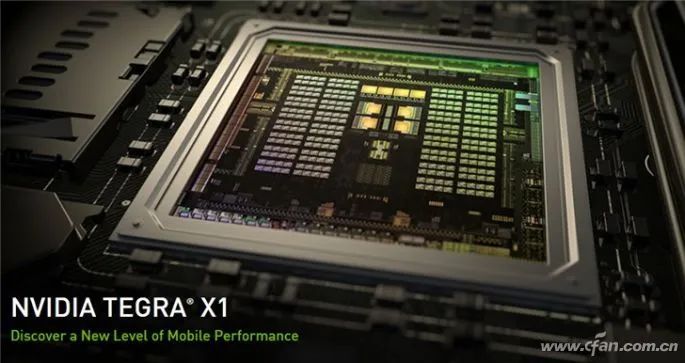 Considering that both Sony and Microsoft’s gaming consoles currently use AMD processors, if Nintendo’s new generation gaming console can also adopt AMD chips, it should reduce the porting costs for game developers, which is reasonable.
Considering that both Sony and Microsoft’s gaming consoles currently use AMD processors, if Nintendo’s new generation gaming console can also adopt AMD chips, it should reduce the porting costs for game developers, which is reasonable.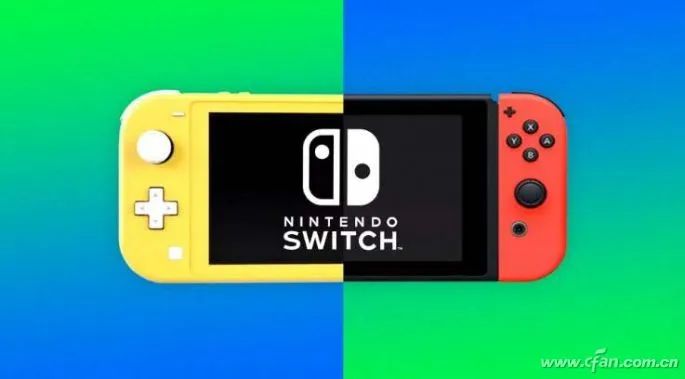 The key point is that the size of handheld consoles is relatively bulky, allowing space for small fans and heat sinks, which can perfectly suppress the heat generated by the Ryzen C7, ensuring long-term full performance output. Based on the specifications of the AMD Ryzen C7, its theoretical performance should be comparable to that of the original PS4, compressing PS4 capabilities into a handheld while supporting 5G connectivity, which players are undoubtedly looking forward to.
The key point is that the size of handheld consoles is relatively bulky, allowing space for small fans and heat sinks, which can perfectly suppress the heat generated by the Ryzen C7, ensuring long-term full performance output. Based on the specifications of the AMD Ryzen C7, its theoretical performance should be comparable to that of the original PS4, compressing PS4 capabilities into a handheld while supporting 5G connectivity, which players are undoubtedly looking forward to.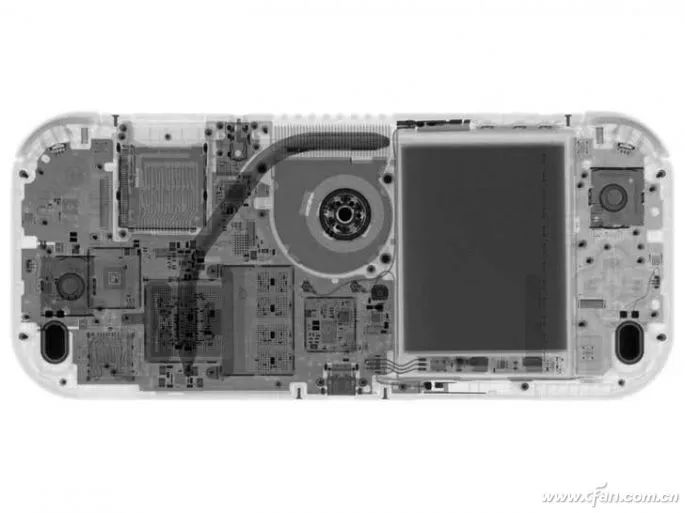
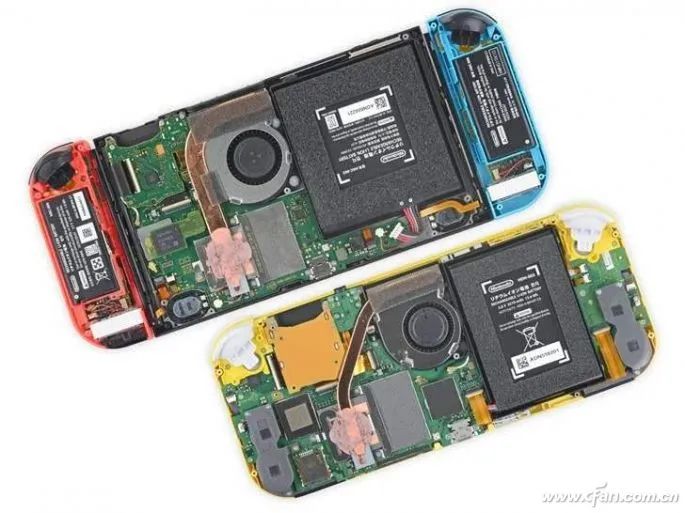 In summary, if the AMD Ryzen C7 is used in the mobile phone market, its success rate is almost zero; if used in the tablet market, there is a 50% success rate; if used in the handheld market, the success rate is nearly 100%.As for why a company like AMD finds it difficult to thrive in the mobile sector, we can look for answers from Intel’s failed attempts to “create chips” for mobile.Intel’s Dream Shattered in the Mobile BattlefieldIn fact, Intel once had hopes of becoming a leader in the mobile era, but strategic missteps caused it to miss the mobile age.Intel Once Had Interactions with ARMDid you think Intel only had X86 processors? In fact, Intel also launched ARM processors in the past, and they were industry benchmarks.In 1998, Intel obtained complete authorization for StrongARM and the ARM architecture from DEC (then a giant in the processor industry), which meant Intel could independently develop and produce ARM processors based on RISC architecture.
In summary, if the AMD Ryzen C7 is used in the mobile phone market, its success rate is almost zero; if used in the tablet market, there is a 50% success rate; if used in the handheld market, the success rate is nearly 100%.As for why a company like AMD finds it difficult to thrive in the mobile sector, we can look for answers from Intel’s failed attempts to “create chips” for mobile.Intel’s Dream Shattered in the Mobile BattlefieldIn fact, Intel once had hopes of becoming a leader in the mobile era, but strategic missteps caused it to miss the mobile age.Intel Once Had Interactions with ARMDid you think Intel only had X86 processors? In fact, Intel also launched ARM processors in the past, and they were industry benchmarks.In 1998, Intel obtained complete authorization for StrongARM and the ARM architecture from DEC (then a giant in the processor industry), which meant Intel could independently develop and produce ARM processors based on RISC architecture.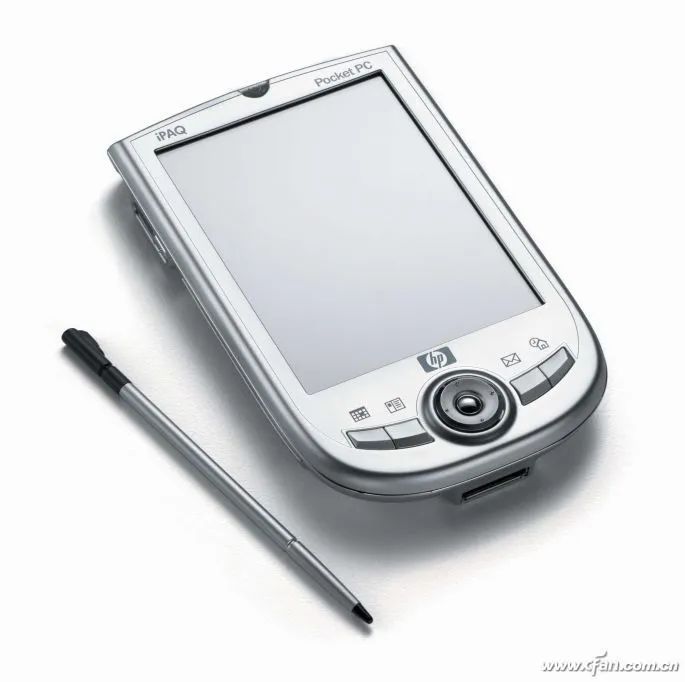 In fact, for a long time afterward (especially during the Pocket PC era), Intel’s “XScale” became synonymous with ARM processors, being the dream chip for mid-to-high-end Pocket PCs. The Pocket PCs ran Microsoft’s Windows Mobile system, which was specially tailored for touch operations, further solidifying the Wintel alliance’s relationship from PCs to mobile.Unfortunately, Pocket PCs were not a necessary device at the time, with low sales and not as many fun apps as today, so Intel could not earn much profit and instead faced losses. During the same period, Intel also experienced the failure of Pentium 4 and the pain of AMD’s resurgence.To focus its efforts, Intel sold its XScale and handheld device chip business to Marvell for $600 million. This short-sighted behavior, viewed today, caused Intel to lose the capital to directly compete with ARM, ultimately leading to the fierce competition between X86 and ARM architectures in the mobile market.Relying on Atom’s Mobile DreamsFaced with the strong rise of smartphones and the chip manufacturers making a fortune around ARM (like Qualcomm), it would be false to say that Intel was not tempted.
In fact, for a long time afterward (especially during the Pocket PC era), Intel’s “XScale” became synonymous with ARM processors, being the dream chip for mid-to-high-end Pocket PCs. The Pocket PCs ran Microsoft’s Windows Mobile system, which was specially tailored for touch operations, further solidifying the Wintel alliance’s relationship from PCs to mobile.Unfortunately, Pocket PCs were not a necessary device at the time, with low sales and not as many fun apps as today, so Intel could not earn much profit and instead faced losses. During the same period, Intel also experienced the failure of Pentium 4 and the pain of AMD’s resurgence.To focus its efforts, Intel sold its XScale and handheld device chip business to Marvell for $600 million. This short-sighted behavior, viewed today, caused Intel to lose the capital to directly compete with ARM, ultimately leading to the fierce competition between X86 and ARM architectures in the mobile market.Relying on Atom’s Mobile DreamsFaced with the strong rise of smartphones and the chip manufacturers making a fortune around ARM (like Qualcomm), it would be false to say that Intel was not tempted.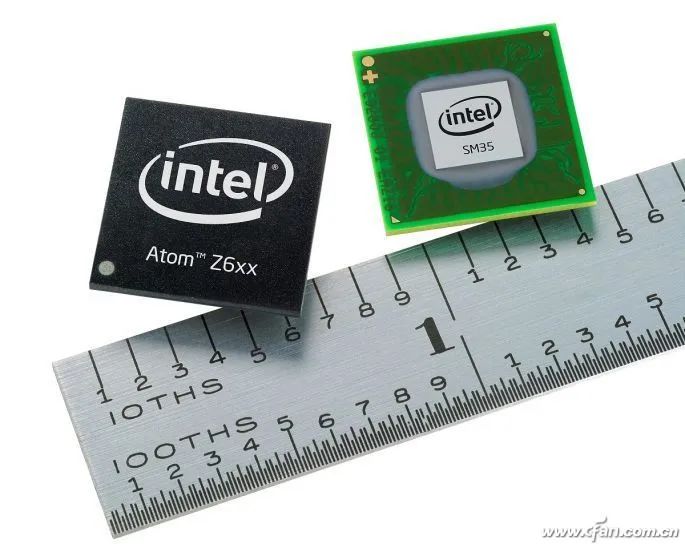 The good news is that Intel still has a product line somewhat similar to ARM processors: Atom.Simply put, Atom was Intel’s processor customized for netbooks, with the biggest feature being the shift from out-of-order execution to in-order execution, which ultimately led to significant reductions in both power consumption and performance. No worries, saying Atom’s performance is poor is relative to other X86 processors; compared to the ARM processors of that time, Atom’s theoretical performance was still sufficient.
The good news is that Intel still has a product line somewhat similar to ARM processors: Atom.Simply put, Atom was Intel’s processor customized for netbooks, with the biggest feature being the shift from out-of-order execution to in-order execution, which ultimately led to significant reductions in both power consumption and performance. No worries, saying Atom’s performance is poor is relative to other X86 processors; compared to the ARM processors of that time, Atom’s theoretical performance was still sufficient.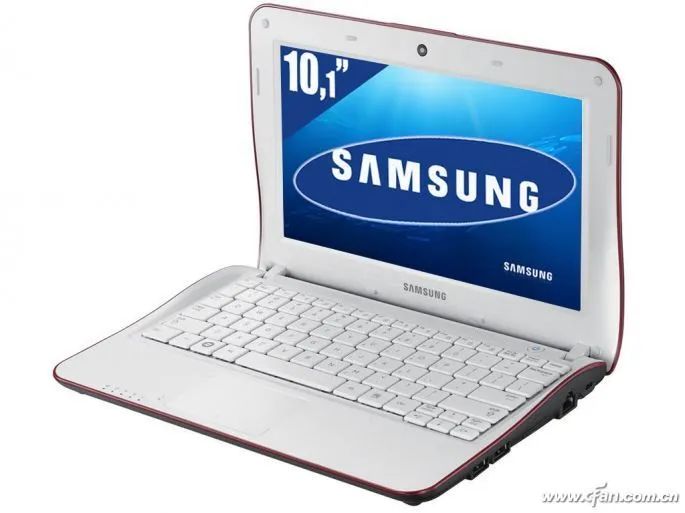 Thus, at the 2012 CES, Intel launched its first X86 architecture processor designed for mobile: Atom Z2460 (part of Medfield, 32nm), a single-core dual-thread processor, which was first launched by Lenovo’s LePhone K800.
Thus, at the 2012 CES, Intel launched its first X86 architecture processor designed for mobile: Atom Z2460 (part of Medfield, 32nm), a single-core dual-thread processor, which was first launched by Lenovo’s LePhone K800.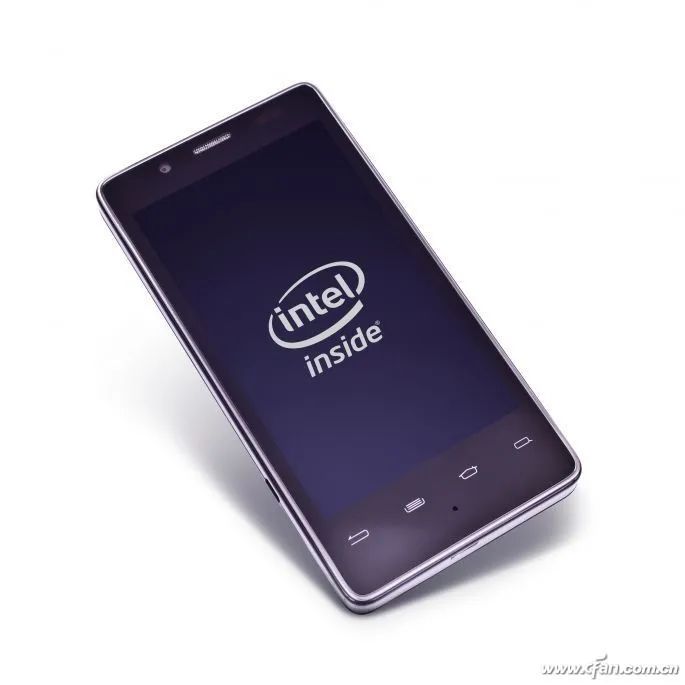 In 2013, Intel again introduced Atom Z2580 (part of Clover Trail+, 32nm), a dual-core quad-thread processor, also first launched by Lenovo’s K900.
In 2013, Intel again introduced Atom Z2580 (part of Clover Trail+, 32nm), a dual-core quad-thread processor, also first launched by Lenovo’s K900.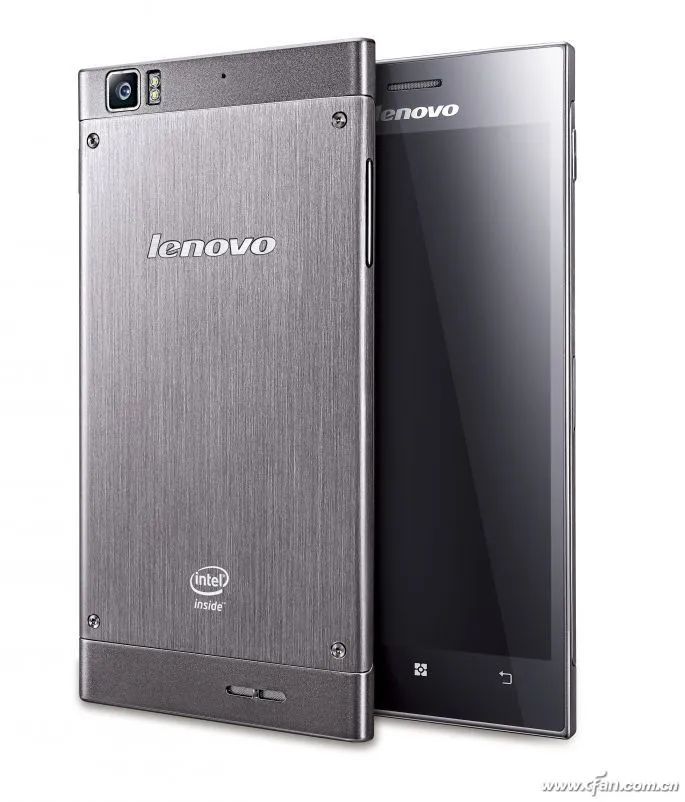 In 2015, with the emergence of Atom Z3580 (part of Silvermont, 22nm), Atom officially entered the 64-bit processor era, and the underlying architecture also switched back from the inefficient in-order execution to out-of-order execution, further bridging the gap in actual experience with contemporaneous ARM processors, gaining favor from ASUS’s ZenFone series.
In 2015, with the emergence of Atom Z3580 (part of Silvermont, 22nm), Atom officially entered the 64-bit processor era, and the underlying architecture also switched back from the inefficient in-order execution to out-of-order execution, further bridging the gap in actual experience with contemporaneous ARM processors, gaining favor from ASUS’s ZenFone series.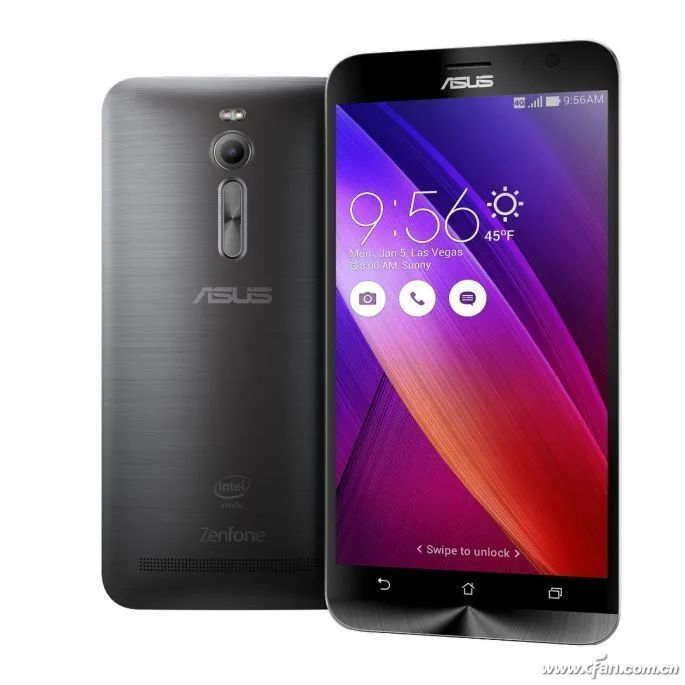 During this period, Microsoft launched the Windows RT system that could run on ARM processors, and Intel’s Atom processors also gained native support for Android. The Wintel alliance relationship between Microsoft and Intel began to loosen.Intel’s Mobile Dream ShatteredUnfortunately, binary code compiled for the ARM platform cannot be directly run on X86 processors. Therefore, phones designed based on Atom processors have always suffered from compatibility and low execution efficiency issues:Although Google had added X86 compilation options in the Android NDK long ago, many apps were still compiled only for ARM processors, leading to compatibility issues when running such apps on Atom phones.
During this period, Microsoft launched the Windows RT system that could run on ARM processors, and Intel’s Atom processors also gained native support for Android. The Wintel alliance relationship between Microsoft and Intel began to loosen.Intel’s Mobile Dream ShatteredUnfortunately, binary code compiled for the ARM platform cannot be directly run on X86 processors. Therefore, phones designed based on Atom processors have always suffered from compatibility and low execution efficiency issues:Although Google had added X86 compilation options in the Android NDK long ago, many apps were still compiled only for ARM processors, leading to compatibility issues when running such apps on Atom phones.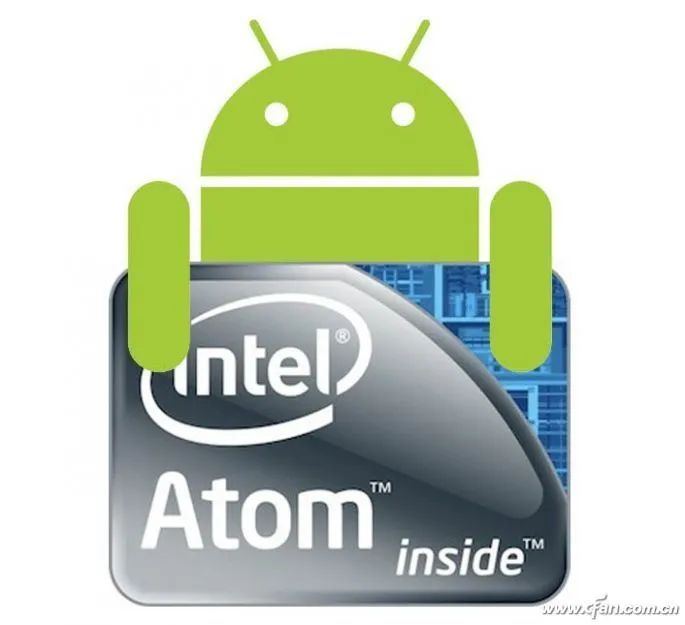 Intel’s solution was to address the issue of X86 processors running ARM libraries through a “binary translation” feature. However, while binary translation effectively resolves compatibility issues, it incurs significant performance losses. Tech expert “Cannon God” once tested that performance losses in applications demanding high performance could reach over 50%; in some gaming applications, it could also lead to an increase of about 400mW in CPU power consumption.With the upgrade of Google’s Android system versions and the introduction of Intel Atom Z3000 processors, the compatibility and loss issues of Atom under Android have become nearly perfect.However, after four years of hard work, Atom still failed to gain more recognition from mobile brands and consumers; Atom phones remained a very niche existence, even former loyal supporters like Lenovo and ASUS switched to Qualcomm’s camp.Baseband Holds BackThe bottleneck restricting Intel’s Atom processors from making a significant impact in the mobile field also lies in another aspect: baseband. For mobile phones, the processor is a combination of a complete SoC, and the importance of the baseband chip is second only to the CPU’s performance itself. Intel’s baseband technology has lagged behind competitors for several years, which has also indirectly limited Atom’s expansion into the mobile market.Finally, in mid-2016, Intel decisively decided to exit the competition in the mobile market (mainly targeting phones), canceling the planned SoFIA 4G and Broxton processors, with the latest 14nm Apollo Lake platform’s “mobile version” only applicable to tablets and other 2-in-1 devices, making it unlikely to see Intel Inside in phones in the short term.
Intel’s solution was to address the issue of X86 processors running ARM libraries through a “binary translation” feature. However, while binary translation effectively resolves compatibility issues, it incurs significant performance losses. Tech expert “Cannon God” once tested that performance losses in applications demanding high performance could reach over 50%; in some gaming applications, it could also lead to an increase of about 400mW in CPU power consumption.With the upgrade of Google’s Android system versions and the introduction of Intel Atom Z3000 processors, the compatibility and loss issues of Atom under Android have become nearly perfect.However, after four years of hard work, Atom still failed to gain more recognition from mobile brands and consumers; Atom phones remained a very niche existence, even former loyal supporters like Lenovo and ASUS switched to Qualcomm’s camp.Baseband Holds BackThe bottleneck restricting Intel’s Atom processors from making a significant impact in the mobile field also lies in another aspect: baseband. For mobile phones, the processor is a combination of a complete SoC, and the importance of the baseband chip is second only to the CPU’s performance itself. Intel’s baseband technology has lagged behind competitors for several years, which has also indirectly limited Atom’s expansion into the mobile market.Finally, in mid-2016, Intel decisively decided to exit the competition in the mobile market (mainly targeting phones), canceling the planned SoFIA 4G and Broxton processors, with the latest 14nm Apollo Lake platform’s “mobile version” only applicable to tablets and other 2-in-1 devices, making it unlikely to see Intel Inside in phones in the short term.
After reading this article, will you click:
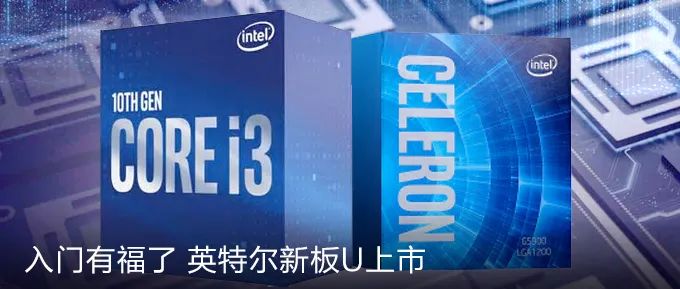

Click “Read the original” for more exciting content